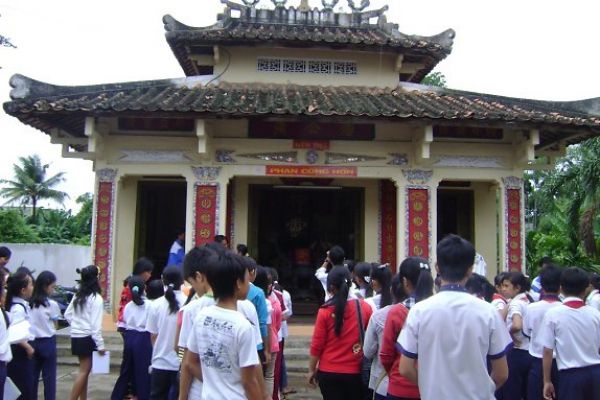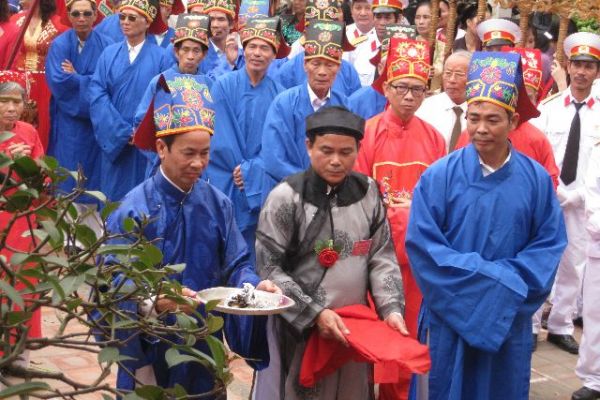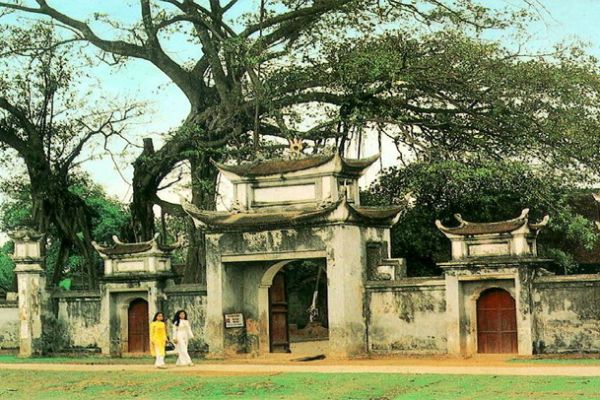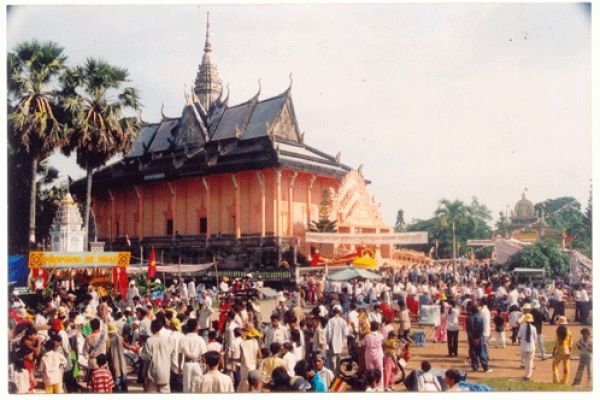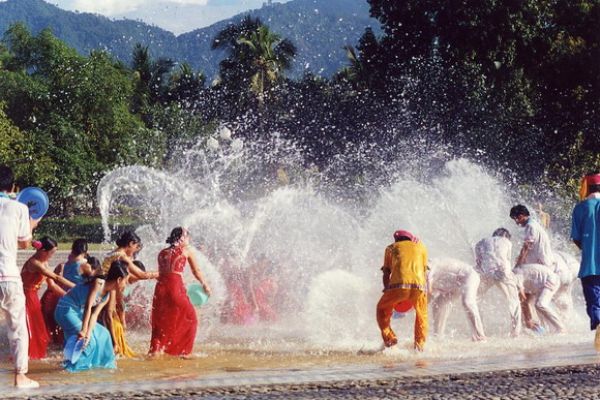
Pho Minh Tower
Thecluster monuments of Tran Temple is located in the suburb of Nam DinhProvince with many communal houses, pagodas, temples, tombs, stoneshrines. Temples of Thien Truong, Co Trach and Pho Minh Pagoda - thefamous cultural historical relics dedicated to Tran reign, founded onthe land where the regime of Tran was generated. It is Tran Temple. Inwhich, Thien Truong Temple worships 14 Tran Kings, set up under thelater Le Dynasty. Co Trach Temple worships Tran Hung Dao, set up underthe Nguyen Dynasty.
TranTemple Festival annually lasts from the 15th-20th of lunar August. Inthe odd years, the festival is launched more magnificently than in evenyears. Nevertheless, visitors all over the country do not wait for thevery happening of the festival to join but eagerly go on pilgrimage farprior to the day. On their arrival, every people do expect the good andhappy things. The large flag flutters in front of the temple - thetraditional flag with striking colours standing for five basicelements, its square shape stands for earth (negative), thesickle-shaped tassels for heaven (positive). The word “Tran” isembroidered amidst the flag in Chinese characters by two combined words“Dong” and “A”.
And the activities...
TranTemple Festival happens formally, consisting processions fromneighbouring villages to Thuong Temple. The incense-offering riteinvolves in 14 virgins carrying 14 trays of flowers into the temple andplacing them on thrones in the musical vibration. This act is the imageof the former feudal courts.
Thefestival involves various cultural activities: cock fighting,five-generation fighting art performances, wrestling, unicorn dance,bai bong dance, sword dance, cheo singing, van singing and so on.According to historic records, under the rule of King Tran Nhan Tong,after the Mongolian invaders were defeated, the King offered feastthrough 03 successive days known as “Thai binh dien yen”. The Greattutor Tran Quang Khai composed the dance for the victory namely “bai bong” and taught the imperial singers toperform. The dancers were pretty ladies dressed in the ethnic clothes,putting on their shoulders a short pole hanging with flower baskets orpaper-made lanterns at the two ends. The dancers also held on to a fanto enrich their performance. “Bai bong” dance contained acts of “batdat”, “luc dat” and “tu dat”. Nevertheless, it was neatly adjustedunder the Nguyen Dynasty. Currently, there is still a team of skilleddancers of the kind in Phuong Bong ward on the outskirts of Nam Dinh.It is said that Hat Van is derived from Hat Chau composed under theTran Dynasty, popularised and trimmed under the Le Mat time.
Overthe last years, branches and departments, especially theculture-information sector in Nam Dinh, have paid attention topreserving and enhancing such cultural identities. Nam Dinh Provincetakes pride in its reference of “national root”, giving birth andnursing hearts and souls of “Mother” and “Father” of the people. On theoccasion of the festival, people across the country are warmly welcometo the place by the local friendly and simple residents.
Theunique cultural activities, especially the splendid and radiantatmosphere of “Dong A”, make Tran Temple Festival attractive totravellers everywhere...

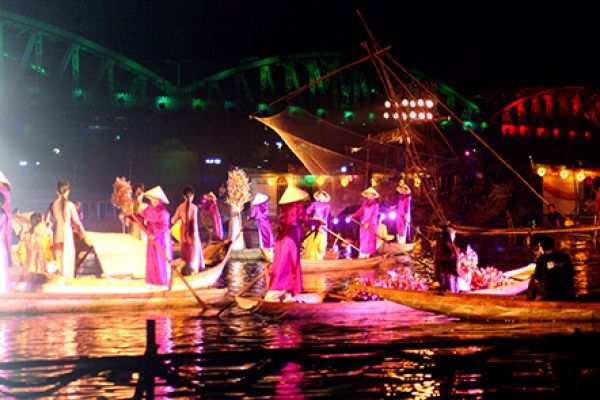



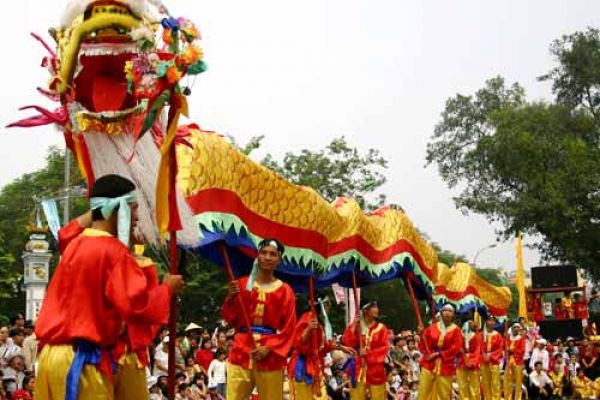
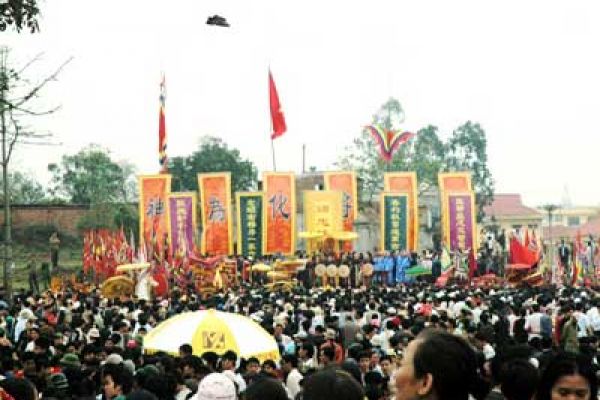
.jpg)
